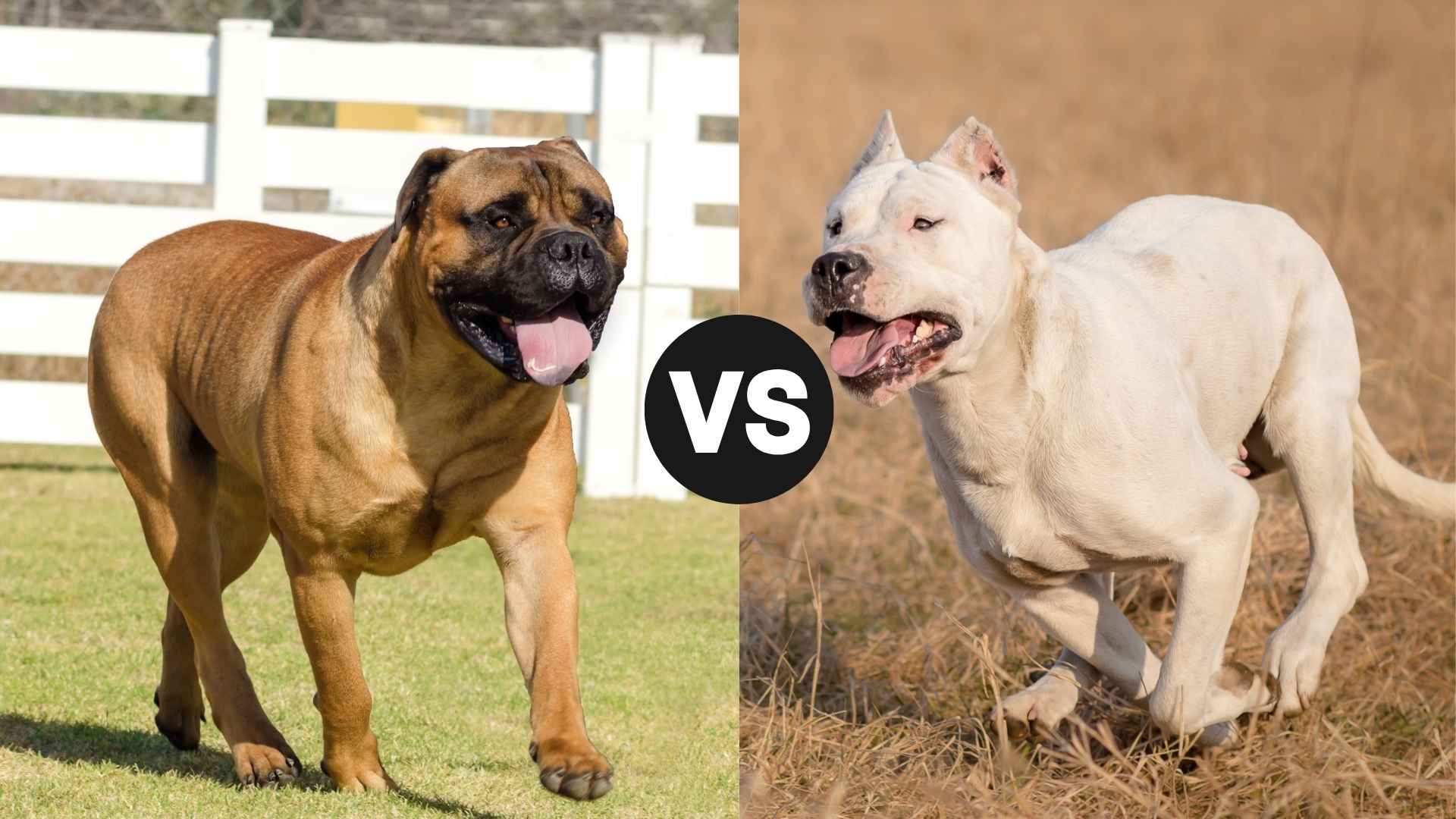When comparing Bullmastiff vs Dogo Argentino, you’re looking at two strong, loyal, and protective breeds—each with a distinct history and purpose. The Bullmastiff, developed in 19th-century England, was originally bred by gamekeepers to guard estates from poachers. With roots in the English Mastiff and Old English Bulldog, this powerful guardian earned recognition as a purebred and shares many traits with Molosser-type dogs.
On the other hand, the Dogo Argentino is a large, muscular working dog breed from Argentina. Often called the Argentinian Mastiff, this dog was bred for big-game hunting, capable of taking down wild boars and mountain lions. Though impressive in size and strength, the Dogo remains relatively rare in the United States.
In this guide, we’ll explore the key differences and similarities between these two commanding breeds—from temperament and training needs to family compatibility, to help you decide which one is the right fit for your home.
Bullmastiff vs. Dogo Argentino
The Bullmastiff and Dogo Argentino are both powerful working breeds, but their origins reflect different roles. The Bullmastiff was developed in 19th-century England by crossing Bulldogs with Old English Mastiffs, specifically to aid British gamekeepers in guarding estates from poachers.
This breed was designed for size, strength, and obedience—capable of tracking and detaining intruders without excessive aggression. With its loyal and affectionate nature, the Bullmastiff makes a devoted family guardian. Originally preferred in brindle for nighttime camouflage, the breed is now commonly seen in fawn with a black mask.
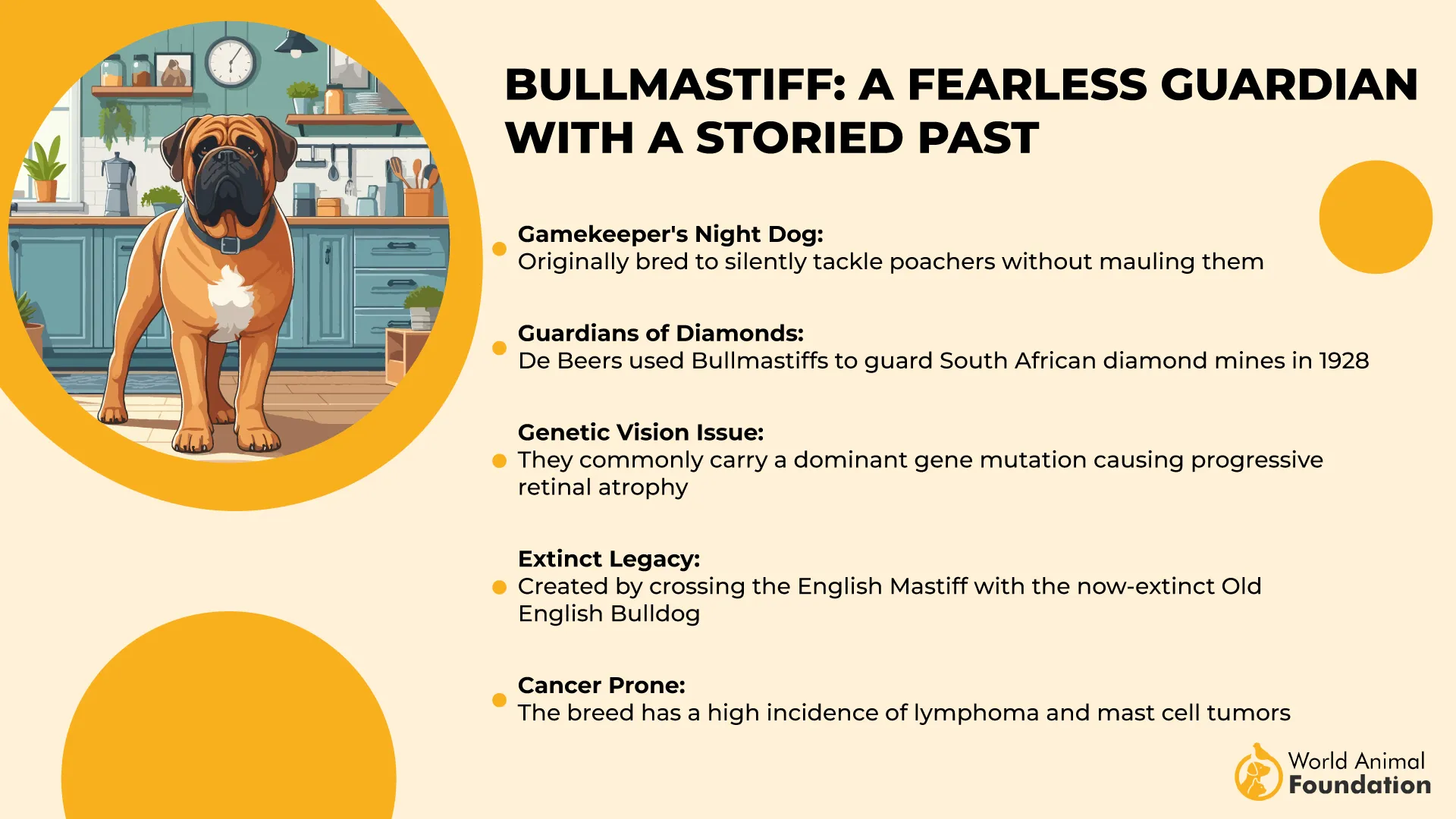
The Dogo Argentino, by contrast, hails from 1920s Argentina and was bred by Dr. Antonio Nores Martinez and his brother Agustín as a relentless pack-hunting dog for big-game pursuits like wild boar and puma. They created the breed by mixing the now-extinct Old Córdoba Fighting Dog with several other strong and agile breeds, crafting a muscular, courageous, and highly driven hunter, states Britannica.
Recognized for its sleek white coat and athletic build, the Dogo Argentino is prized for its stamina, tenacity, and protective instincts, making it both a hunting powerhouse and a loyal companion in the right hands.
Size and Weight Differences
The Bullmastiff is a large, solidly built breed, typically weighing between 100 and 130 pounds. Males usually stand 25 to 27 inches tall at the shoulder, while females are slightly shorter at 24 to 26 inches. Their impressive bulk and broad frame make them appear even more imposing, especially when fulfilling their role as natural guardians.
In comparison, the Dogo Argentino is slightly taller but leaner. They can reach up to 27 inches at the shoulder, with males often being the taller of the two sexes. However, they generally weigh less, between 80 and 100 pounds. Despite their lighter build, Dogos are a muscular breed, athletic, and full of stamina, reflecting their origins as agile big-game hunting dogs.
Temperament and Personality Traits
The Bullmastiff is a calm, loyal, and protective breed known for being gentle with family members, including children. While naturally affectionate at home, they can be reserved or wary of strangers, making early socialization essential. These dogs are intelligent and respond well to training, thriving in obedience and puppy classes.
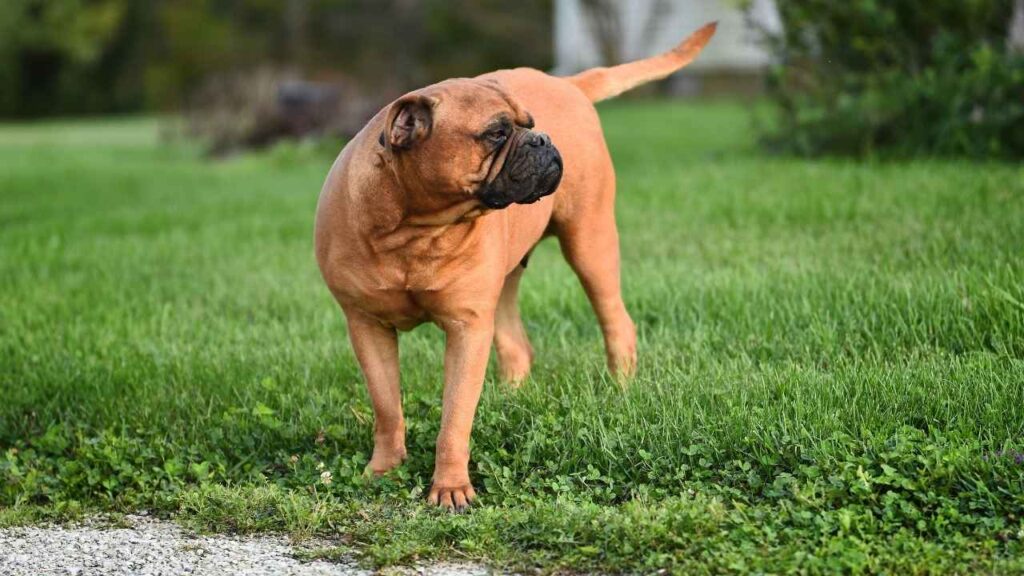
Bullmastiffs are generally quiet and not prone to barking unless something unusual catches their attention. When properly introduced, they can also coexist peacefully with other pets, provided socialization starts early in life.
In contrast, the Dogo Argentino is a bold, energetic breed with a strong protective instinct and deep devotion to their family. Bred for big-game hunting, they are confident and alert, yet affectionate and loyal when raised in a stable home.
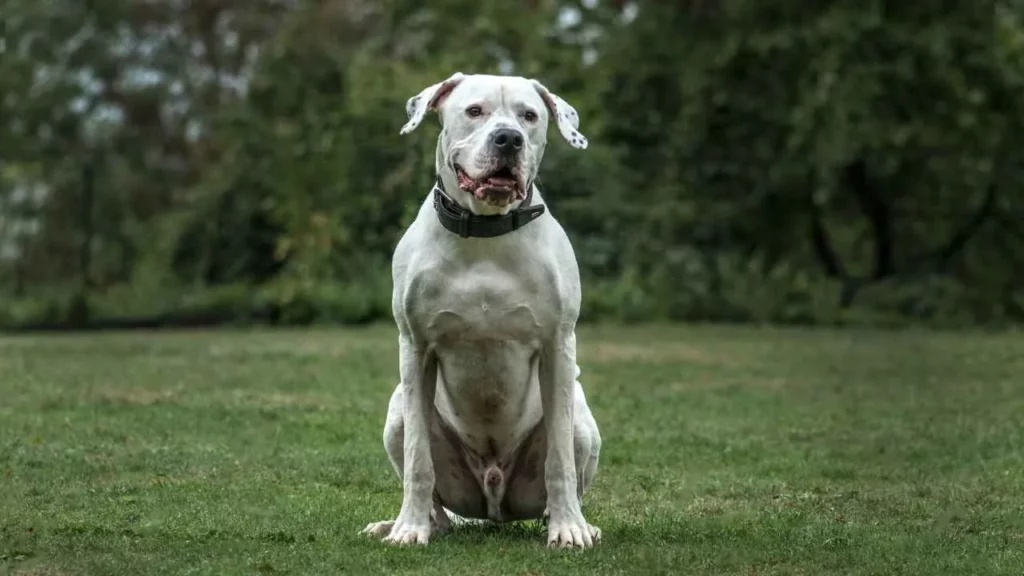
Like the Bullmastiff, they may be cautious with strangers at first, but proper socialization helps them become more relaxed and friendly. Their high prey drive means they should always be leashed or in secure areas outdoors. Dogos need consistent supervision and a structured routine to keep them mentally and physically fulfilled—and out of trouble.
Bite Strength and Jaw Features
The Bullmastiff, with its massive head and muscular build, possesses a powerful bite force estimated between 250 to 300 PSI (pounds per square inch). While this may not be the strongest among large breeds, it’s still significant enough to act as a powerful deterrent.
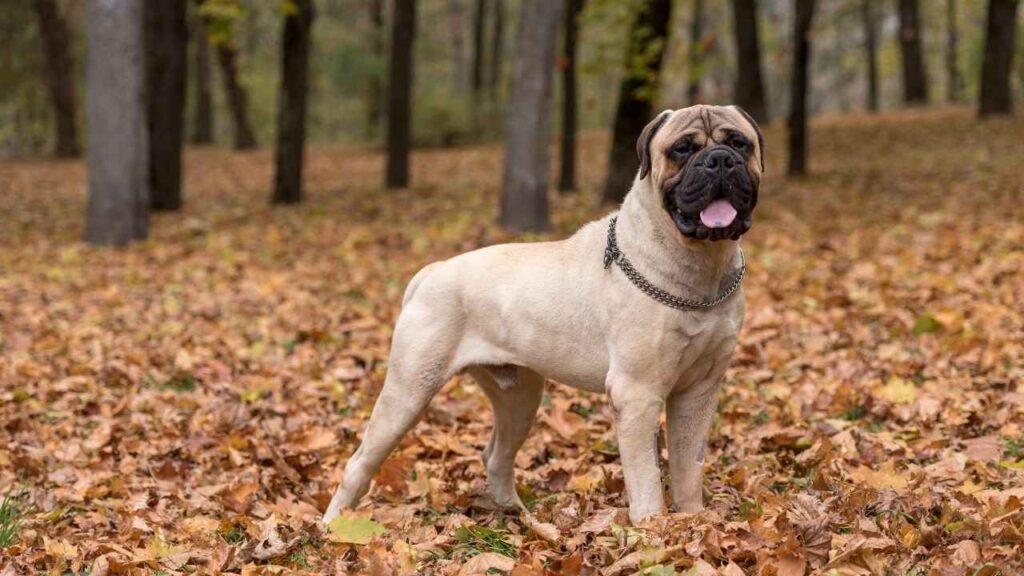
Their broad skull, short muzzle, and deep jaw give them a firm grip and controlled bite—traits originally refined for detaining intruders without inflicting fatal harm. Their bite is not just about force but also about precision and purpose, reflecting the breed’s roots in estate protection.
The Dogo Argentino, on the other hand, was bred for an entirely different purpose—big-game hunting. With a bite force estimated in the same range of 250 to 300 PSI, the Dogo’s jaw strength is combined with a high prey drive and tenacity.
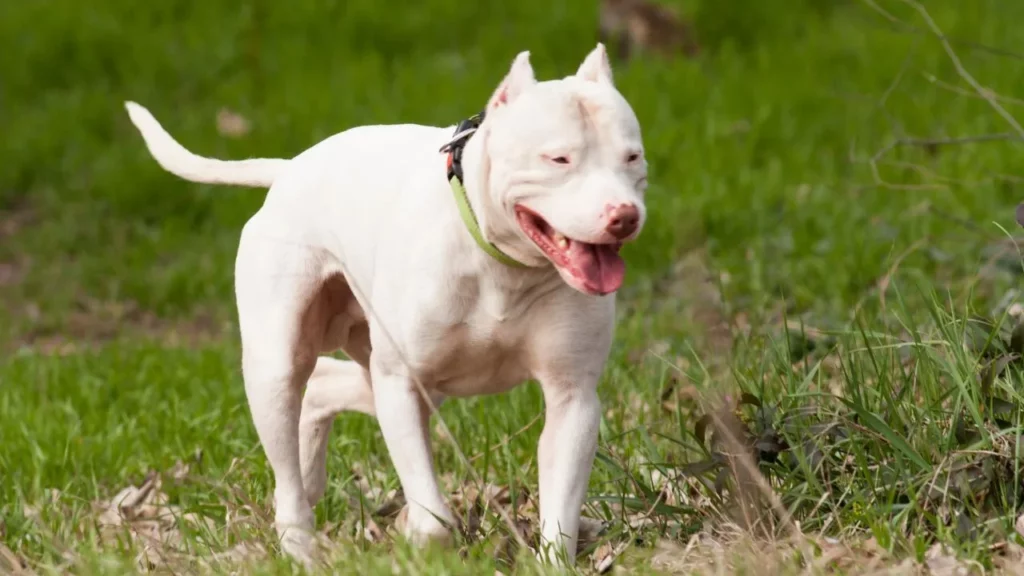
Its longer, more athletic muzzle gives it a different bite style than the Bullmastiff—built not just for holding but also for endurance and pursuit. Strong, muscular jaws and a scissor-like bite allow the Dogo to hold down large prey like wild boars, making this breed’s jaw power not just forceful but functionally relentless.
Lifespan and Common Health Issues
Bullmastiff Lifespan & Health:
Lifespan: 7–9 years, typical for a giant breed.
Common issues include Dilated Cardiomyopathy (DCM) and Subaortic Valvular Stenosis (SAS)—both are heart-related conditions that can lead to sudden death if unmanaged.
Entropion (inward-rolling eyelids) and Progressive Retinal Atrophy (PRA) affect the eyes, with PRA causing irreversible blindness.
Orthopedic concerns like Hip and Elbow Dysplasia may lead to arthritis or mobility issues.
Other risks: Lymphoma (a type of cancer) and Gastric Dilatation-Volvulus (GDV), a life-threatening bloating condition common in deep-chested dogs, states PetMD.
Dogo Argentino Lifespan & Health:
Lifespan: 9–15 years, generally longer and healthier than the Bullmastiff.
Prone to Hip Dysplasia, though many maintain mobility with early intervention.
Health concerns include Gastric Dilatation-Volvulus (GDV) and Laryngeal Paralysis, both of which affect breathing and digestion.
Congenital Deafness is common due to their white coat and may affect one or both ears.
Other issues include Hypothyroidism (low thyroid hormone) and Periodontal Disease, making regular dental care important, states PetMD.
Energy Levels and Daily Activity Needs
The Bullmastiff has a moderate energy level and thrives on daily exercise, though individual activity needs can vary. Some Bullmastiffs are naturally laid-back, while others are more spirited. Regardless, consistent activity like brisk walks and outdoor play in a securely fenced yard is important for their well-being.
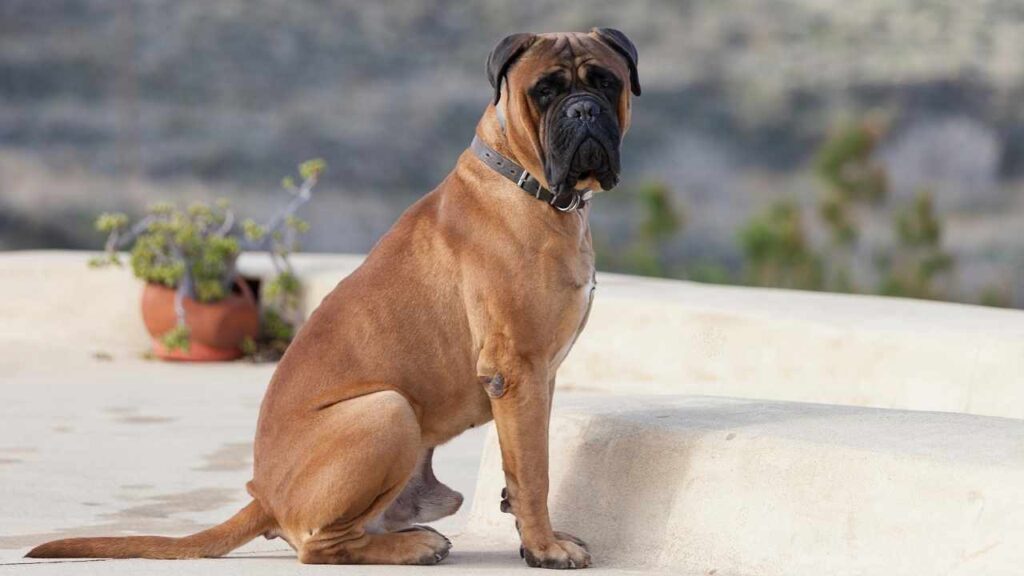
While they aren’t suited to long-distance running or intense endurance sports, they make excellent walking companions. Bullmastiff puppies, in particular, should be exercised with care to avoid stress on developing joints during rapid growth stages, states the AKC.
In contrast, the Dogo Argentino has much higher energy levels and needs more vigorous daily activity to stay balanced. This breed is athletic by nature and requires structured outlets such as hiking, running, agility training, and interactive play to prevent boredom and destructive behavior.
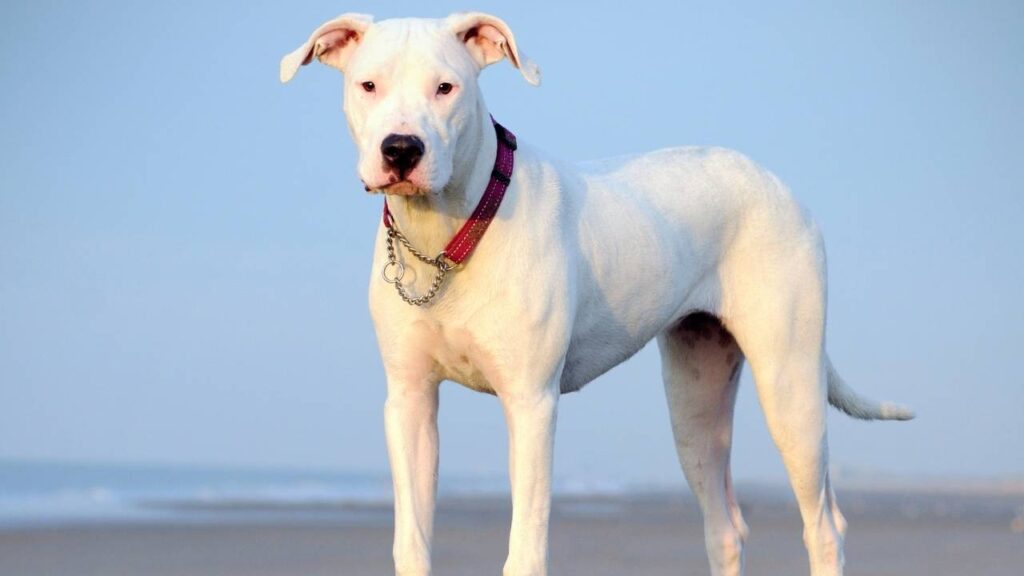
Dogos excel in mentally and physically stimulating exercises like obedience, scent work, or even advanced dog sports. Unlike the Bullmastiff, the Dogo Argentino is better suited for active owners who can commit to regular, high-energy outdoor routines and ongoing training.
Nutrition and Weight Control
Both the Bullmastiff and Dogo Argentino have short coats that are relatively easy to care for, but routine grooming is essential for coat health and cleanliness. The Bullmastiff sheds seasonally and requires weekly brushing to manage loose hair and reduce dander in the home. Regular grooming also helps distribute skin oils evenly and can be a bonding experience between dog and owner.
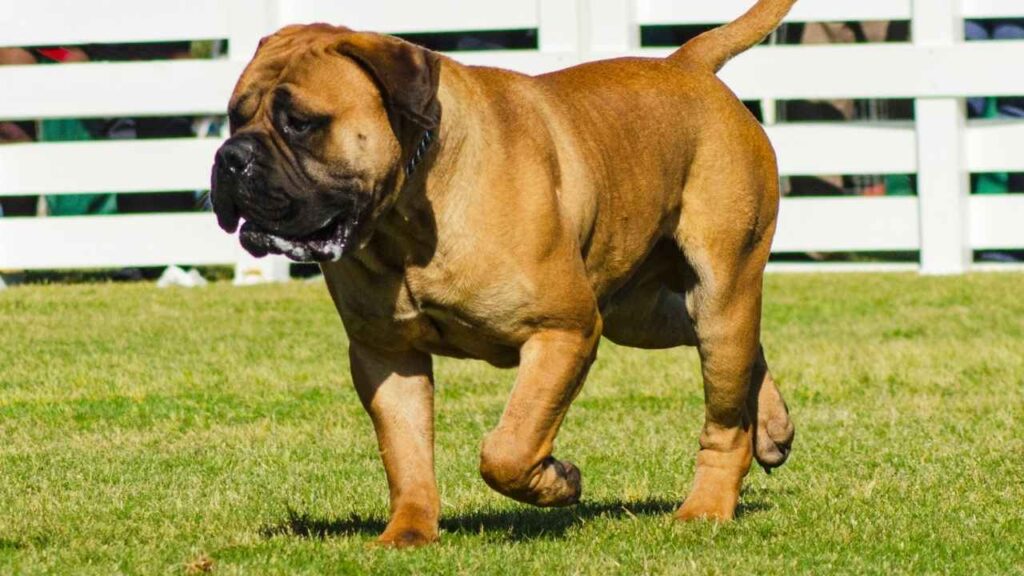
Occasional bathing is enough to keep their coat clean, but their skin should be monitored for dryness or oiliness, which could indicate dietary imbalances or allergies. In addition to coat care, owners should trim nails regularly, check ears for wax buildup, and brush teeth to maintain overall hygiene.
The Dogo Argentino’s grooming needs are minimal due to its sleek, single-layer white coat, which sheds lightly year-round. Brushing once or twice weekly with a soft or rubber brush helps reduce shedding and maintain their natural shine.
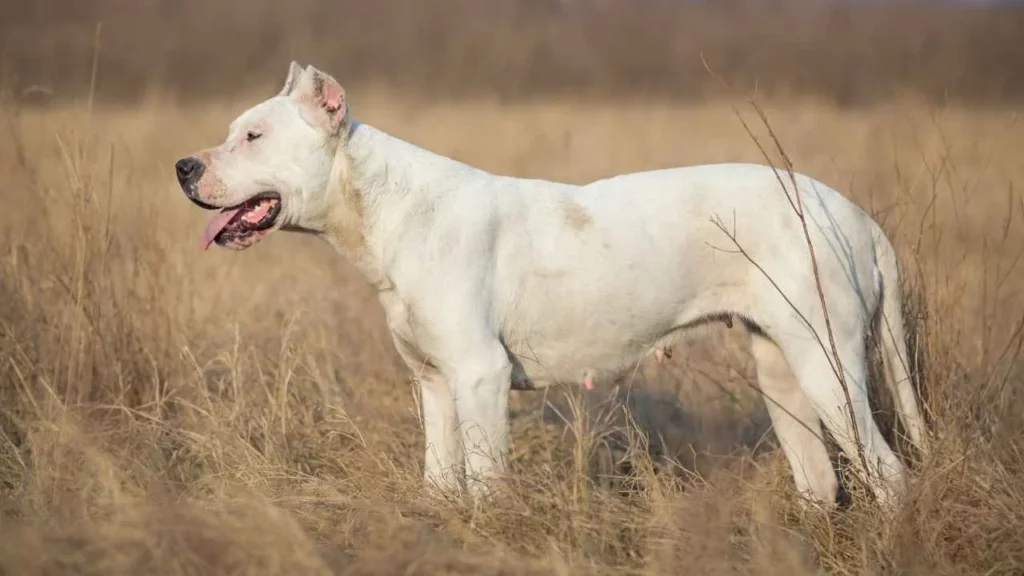
Although Dogos typically don’t have a strong odor, regular ear checks and nail trims are important. Because of their white coat and genetic predisposition, Dogos may be more prone to skin allergies or sun sensitivity, so it’s important to watch for signs of irritation or unusual hair loss. A balanced diet and clean living environment are key to keeping both breeds’ skin and coat in peak condition, states WebMD.
Grooming Needs and Allergy Concerns
Both breeds need high-quality large-breed dog food to support their size and protect joint health. Puppies should be on large-breed formulas to encourage slow, steady growth. To prevent bloat (GDV), meals should be divided into 2–3 portions daily. Because both breeds tend to eat quickly, slow-feeder bowls or puzzle toys are recommended to reduce air gulping.
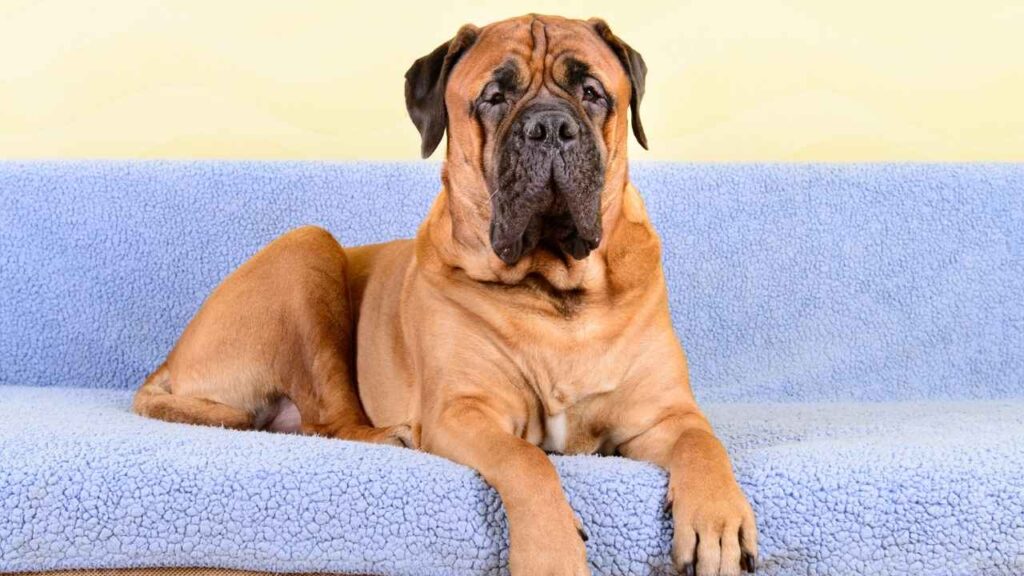
Maintaining a healthy weight is crucial—Bullmastiffs can reach 130 pounds, and Dogos up to 100. Overfeeding raises the risk of joint problems, obesity, and heart disease. Portion sizes should follow AAFCO guidelines and be adjusted with a vet’s help based on age, weight, and activity. Joint-support supplements or omega-3s may help, especially for seniors, but should be used under veterinary supervision.
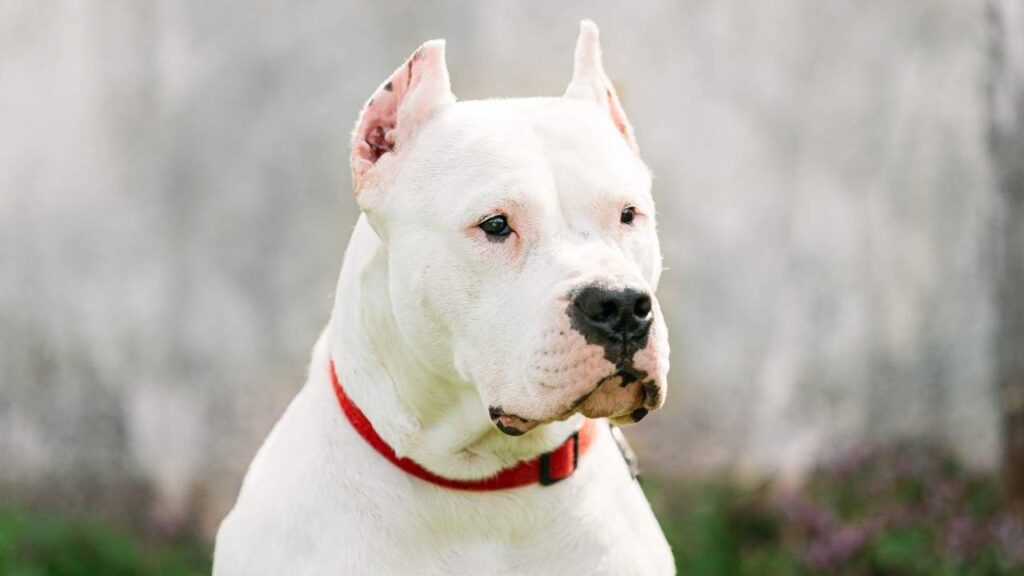
Conclusion
When it comes to Bullmastiff vs Dogo Argentino, the better choice depends on your lifestyle and handling experience. The Bullmastiff is calmer, easier to manage, and more laid-back—ideal if you want a protective companion who enjoys quiet sleeping hours by your side.
In contrast, the Dogo Argentino is a high-energy, driven breed with a strong chase instinct and natural guarding ability—best for active, confident owners.
Both breeds require more structure and understanding than the average dog. They aren’t suited for homes with cats or small animals and don’t get along easily with other dogs without early socialization. If you’re still undecided, take the time to read, learn, and compare with other dog breeds like the Boerboel to better understand your options.
This isn’t a casual decision—it’s a long-term commitment. Be honest about what you can handle, and only move forward if you’re truly ready. The right breed isn’t just one you find appealing—it’s the one that fits your day-to-day life and stays by your side for years to come.


